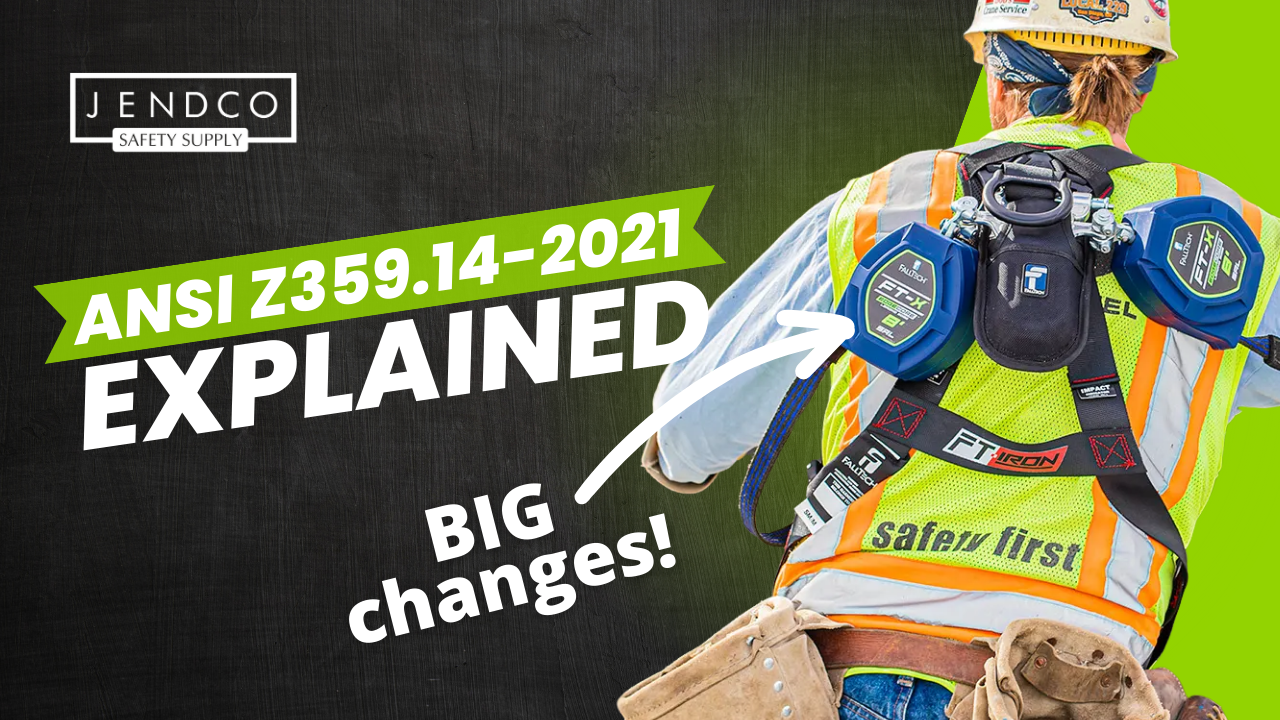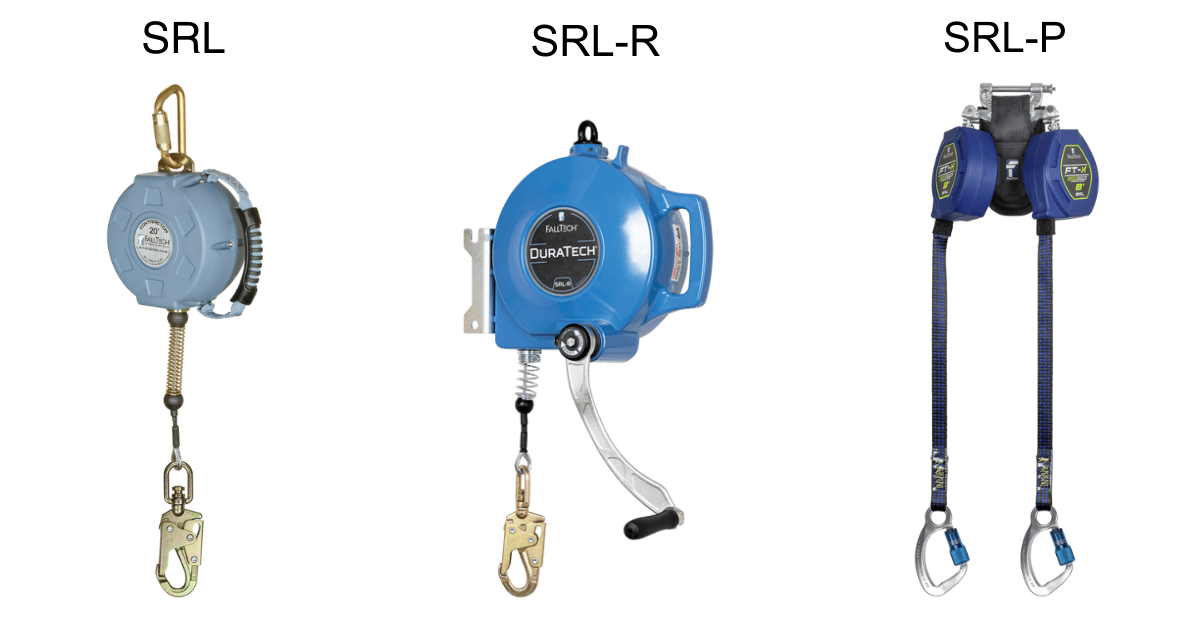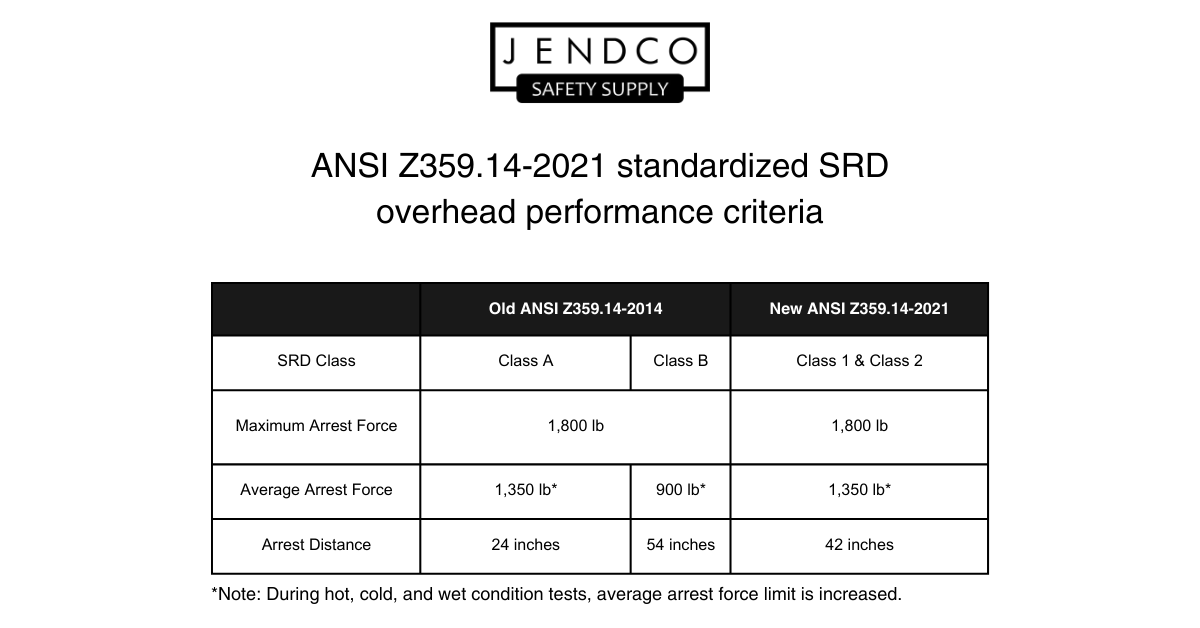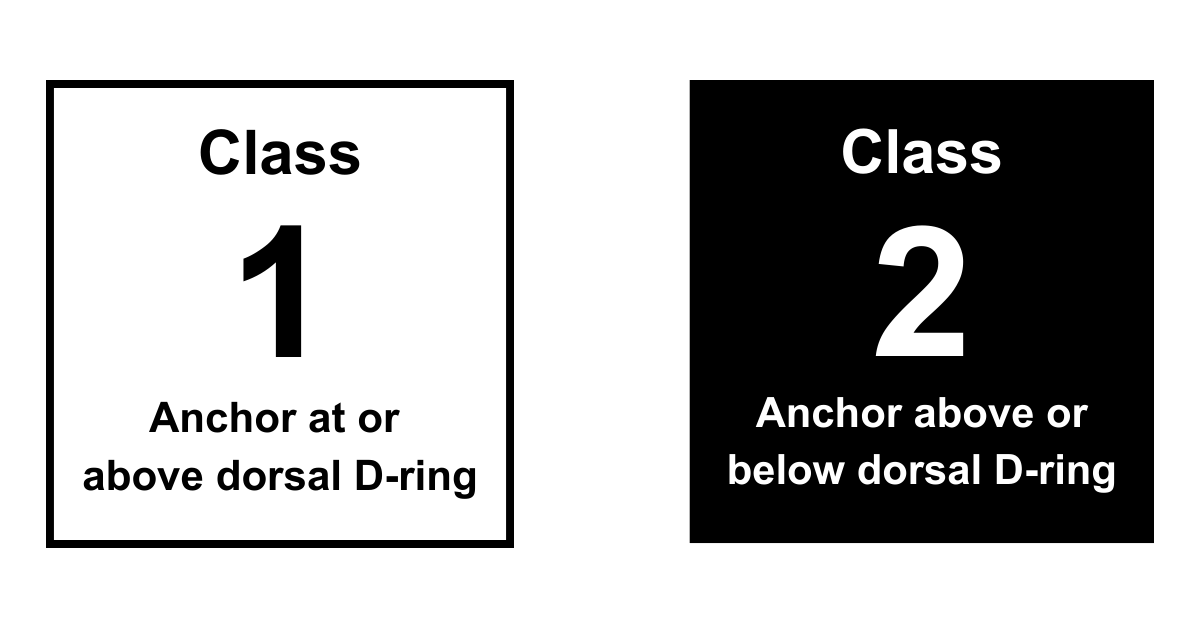ANSI Z359.14-2021 Explained: What It Means for SRDs
The new ANSI Z359.14-2021 standard, approved in June 2021, introduces significant changes to the classification and testing of Self-Retracting Devices (SRDs) used in fall protection systems.
On August 1, 2023, ANSI/ASSP Z359.14-2021 will go into effect, requiring manufacturers to meet the new testing and labeling requirements.
The changes aim to simplify the types and classes of SRDs, increase safety factors on multiple components and tests, and introduce new testing for personal SRDs.
Read through our guide to learn what the new standards changes and how to find the right SRD for you.
Contents
- What did ANSIZ359.14-2021 change?
- SRD Labeling Requirements
- When does my current SRD need to meet ANSI/ASSP Z359.14-2021 compliance?
- Why Chose Jendco Safety Supply for Your Fall Protection Needs
What did ANSI Z359.14-2021 change?
SRD Types
Previously, SRDs were categorized by type (SRL, SRL-R, SRL-LE) and class (Class A or Class B).
However, this led to confusion and improper fall clearance calculations.
The new standard simplifies this by introducing new types (SRL, SRL-P, SRL-R).
Type SRL is defined by the standard as, “These mechanical fall arresters feature a locking mechanism and energy management system. In addition to arresting the fall of the user, this design limits the forces imparted onto the user.”
Type SRL-P is defined by the standard as a personal device, “worn by the user on a full-body harness to be used as a fall arrest connector.”
Type SRL-R is defined by the standard as any device that, “includes an integral means for assisted rescue via raising or lowering the rescue subject.”
Note that the ANSI Z359.14-2021 standard applies to the three types listed above, as well as hybrid combinations of them.
SRD Classes
SRD classes now refer to acceptable anchorage locations, instead of overhead performance capabilities.
The table below shows how these new classifications bring more rigorous regulations compared to the previous Class A and Class B classifications.
Class 1 identifies SRDs that must anchor at or above the dorsal D-ring with a maximum free fall of 2 feet or less, while Class 2 identifies SRDs that may anchor at, above or up to 5 feet below the dorsal D-ring with a maximum free fall of 6 feet or less over an edge.
Class 2 SRDs must also be leading edge rated.
For jobsites with edge exposures, look for Class 2 SRLs if you need to be compliant with ANSI/ASSP Z359.14-2021.
SRD Labeling Requirements
All SRDs compliant with ANSI/ASSP Z359/14-2021 must feature one of the labels below to clearly state its classification.
Class 2 SRLs must also include a fall clearance table or diagram on the device itself and the user manual.
With these new requirements, both the end user and Competent Person are able to more easily access the clearance information on the SRD.
When does my current SRD need to meet ANSI/ASSP Z359.14-2021 compliance?
The new standard takes effect on August 1, 2023.
We recommend getting in touch with your manufacturer for assistance regarding how the new standard affects your current devices and to prepare for the transition to 2021 complaint SRDs.
FallTech’s in-depth blog post is a great starting point if you’re looking for a deeper understanding of the new standards.
“This question has a two-part answer that depends on the ANSI compliance requirements of your organization or worksite.
If strict ANSI compliance is required, then after August 1, 2023, only a Class 2 SRL-P will be appropriate for this application.
If only OSHA compliance is mandated, then the existing device may continue to be used as approved by your Competent Person, Qualified Person, and/or Professional Engineer.
You should use a five-foot set-back distance versus an anchorage at the leading edge because it equips your fall protection system to arrest the fall more quickly.
If your anchorage is at the edge, the SRL will create additional freefall distance as it retracts.
The pawl mechanism also needs the lifeline to pay out fast enough to engage.
With a zero-foot set-back distance and below D-ring foot-level tie-off, it won’t activate until the worker has fallen below the device hanging beneath the leading edge, further delaying the arrest.
With a five-foot set-back distance, this payout begins as soon as the user’s D-ring passes below the level of the anchorage.
You can eliminate the extra freefall length, lower the MRFC, and create a safer working environment."
Why Chose Jendco Safety Supply for Your Fall Protection Needs
Jendco’s reputation as a leading safety distributor is only a part of a broader mission to meet the needs of our customers, now and in the future.
When you trust Jendco with your fall protection needs, you get a partner that goes beyond the usual distributor role to offer superior service and technical assistance.
Our knowledgeable sales team is ready to assist you with any and all fall protection needs.
As a family-owned business with over 30 years of experience, we provide a more personalized experience than other distributors.
Need help finding compliant SRLs? Looking for pricing information?
We’re ready and available to give you the information you need.
Explore our wide range of Class 1 compliant SRLs and Class 2 compliant SRLs to find devices from brands you know and trust, ready to be delivered quickly.
Class 1 Compliant SRLs
Class 2 Compliant SRLs
Recent Posts
-
MSA Altair 4XR Calibration Guide
Regular MSA Altair 4XR calibration ensures the accuracy and reliability of your gas monitor's p …Oct 11, 2023 -
Type I and Type II Hard Hat Differences
Knowing the difference between Type I and Type II hard hats is more than just a personal choice—it's …Aug 16, 2023 -
ANSI Z359.14-2021 Explained: What It Means for SRDs
The new ANSI Z359.14-2021 standard, approved in June 2021, introduces significant changes to the …Jul 21, 2023





